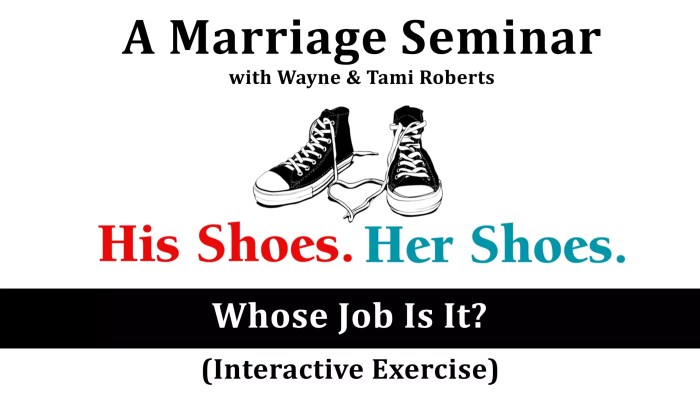Anatomy of the constitution whose job is it – The Anatomy of the Constitution: Whose Job Is It? This intriguing title invites us on an exploration of the fundamental framework of our nation, the US Constitution. Within this document lies a blueprint for the structure and operation of our government, defining the powers and responsibilities of its various branches.
Join us as we delve into the intricacies of this living document, examining the roles it assigns to different actors and the delicate balance of power it establishes.
Our journey begins with an examination of the three branches of government—legislative, executive, and judicial—and the system of checks and balances that ensures no one branch becomes too powerful. We will explore the duties of the President, Vice President, and members of Congress, as well as the process for appointing and confirming Supreme Court Justices.
The role of the Cabinet and other executive agencies will also be discussed.
Branches of Government

The Constitution establishes three branches of government: the legislative, executive, and judicial. Each branch has its own powers and responsibilities, and they work together to create a system of checks and balances.The legislative branch is responsible for making laws. It is made up of the Senate and the House of Representatives.
The executive branch is responsible for carrying out the laws. It is made up of the President, the Vice President, and the Cabinet. The judicial branch is responsible for interpreting the laws. It is made up of the Supreme Court and the lower federal courts.The
system of checks and balances prevents any one branch of government from becoming too powerful. For example, the President can veto laws passed by Congress, but Congress can override the veto with a two-thirds vote. The Supreme Court can declare laws passed by Congress unconstitutional, but Congress can amend the Constitution to overturn the Court’s decision.
Responsibilities of Government Officials, Anatomy of the constitution whose job is it
The President is the head of the executive branch and the commander-in-chief of the armed forces. The President is responsible for enforcing the laws, appointing judges and other government officials, and negotiating treaties with other countries.The Vice President is the second-in-command and takes over as President if the President is unable to serve.
The Vice President also presides over the Senate and votes in case of a tie.Members of Congress are responsible for making laws. They are elected by the people of their state or district. The Senate has 100 members, two from each state.
The House of Representatives has 435 members, apportioned among the states based on population.Supreme Court Justices are appointed by the President and confirmed by the Senate. They serve for life and are responsible for interpreting the Constitution and deciding cases that come before the Court.The
Cabinet is made up of the heads of the different executive departments, such as the Secretary of State, the Secretary of Defense, and the Attorney General. The Cabinet advises the President on policy and helps to carry out the President’s agenda.
The Constitution and the States: Anatomy Of The Constitution Whose Job Is It

The Constitution divides power between the federal government and the states. The federal government has the power to regulate interstate commerce, declare war, and raise an army. The states have the power to regulate intrastate commerce, provide for the health and welfare of their citizens, and establish local governments.The
Supremacy Clause of the Constitution states that the federal government’s laws are the supreme law of the land. This means that state laws cannot conflict with federal laws. If a state law conflicts with a federal law, the federal law will prevail.The
Constitution has been interpreted to balance federal and state authority in a number of ways. For example, the Supreme Court has ruled that the federal government has the power to regulate interstate commerce, but that the states have the power to regulate intrastate commerce.
The Court has also ruled that the federal government has the power to protect the civil rights of citizens, but that the states have the power to enforce their own civil rights laws.
Amendments to the Constitution
The Constitution can be amended by a two-thirds vote of both the Senate and the House of Representatives, and ratification by three-fourths of the states. The first ten amendments to the Constitution, known as the Bill of Rights, guarantee individual liberties such as freedom of speech, religion, and the right to bear arms.Other
landmark amendments to the Constitution include the Thirteenth Amendment, which abolished slavery, the Fourteenth Amendment, which granted citizenship to all persons born or naturalized in the United States, and the Nineteenth Amendment, which granted women the right to vote.The Constitution has been amended 27 times since it was adopted in 1788.
The Constitution as a Living Document

The Constitution is a living document that has been interpreted and adapted over time. The Supreme Court has played a major role in interpreting the Constitution, and its decisions have shaped the way that the Constitution is understood and applied.The
Constitution has also evolved to meet changing societal needs. For example, the Supreme Court has ruled that the Constitution protects the right to privacy, the right to same-sex marriage, and the right to abortion.The Constitution is a flexible document that has been able to adapt to the changing needs of the nation.
It is a testament to the wisdom of the framers that the Constitution has been able to endure for over 200 years.
Essential Questionnaire
What is the Supremacy Clause?
The Supremacy Clause, found in Article VI of the Constitution, establishes the Constitution, federal laws, and treaties as the supreme law of the land. This means that state laws and constitutions cannot conflict with federal law.
How can the Constitution be amended?
The Constitution can be amended through a two-step process. First, an amendment must be proposed by a two-thirds vote of both the House of Representatives and the Senate. Second, the amendment must be ratified by three-fourths of the states.
What is the role of the Supreme Court in interpreting the Constitution?
The Supreme Court is the final arbiter of the meaning of the Constitution. Its decisions on constitutional issues are binding on all other courts and government agencies.